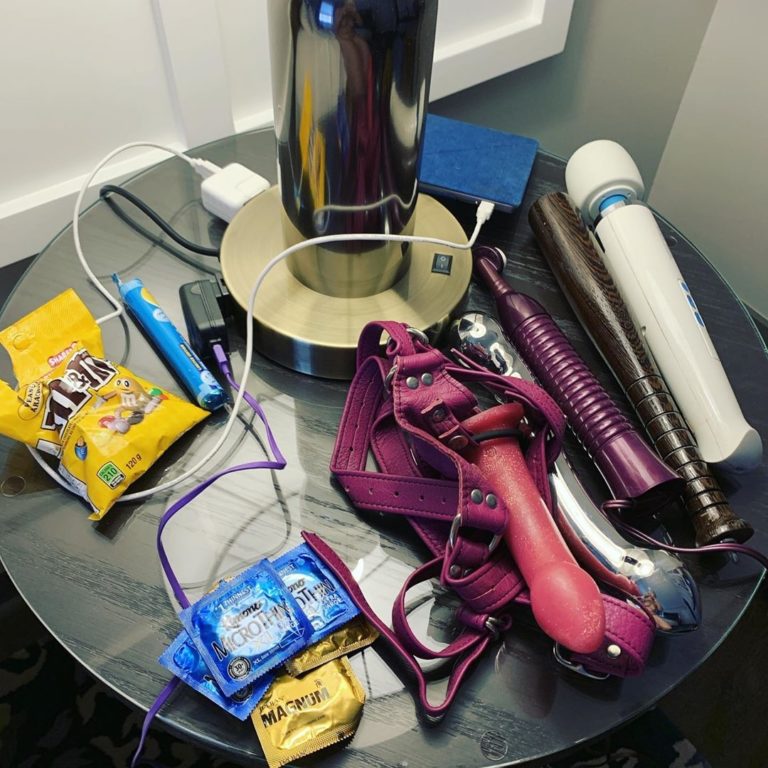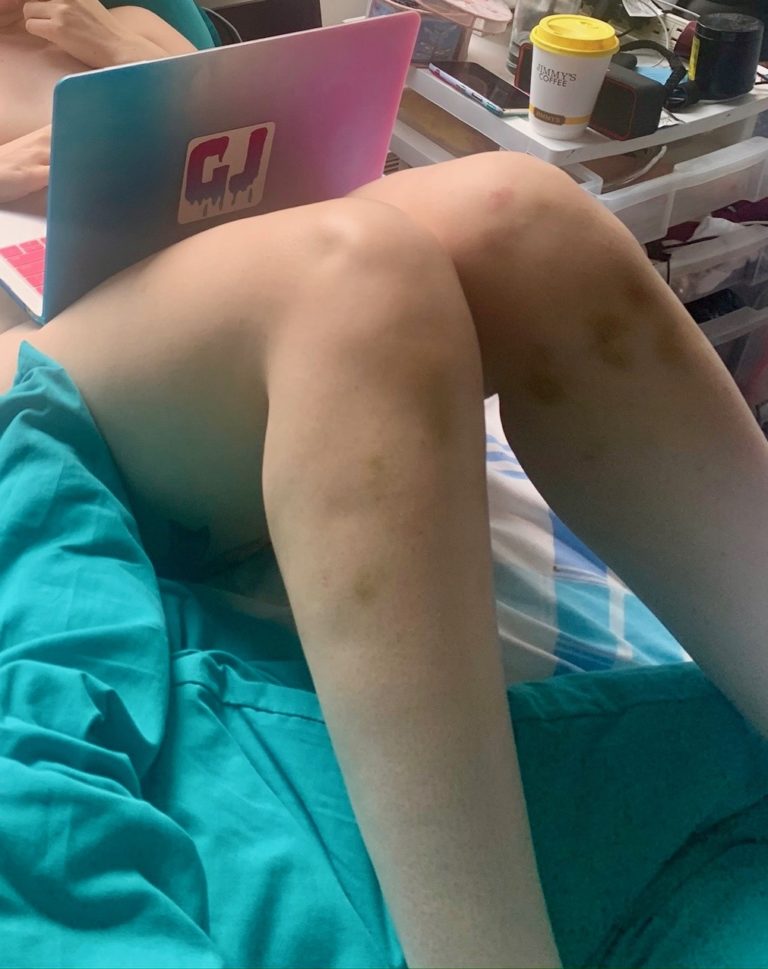
You know how they say “sadness is the price we pay for love”? I’ve never felt that more strongly than in a long-distance relationship.
Saying goodbye to a local partner is NBD; you know you’ll be seeing them next Tuesday anyway, and that if an emotional emergency before then necessitated their presence, you could just swing by their place. But goodbyes with long-distance partners can be heavy: you’ll soon be once again unable to touch and kiss this person you love to touch and kiss, and you may not even know when that gap will be closed again. There’s no way around it: it sucks.
This melancholy interaction may be inevitable, but there are things you can do to avoid falling into a pit of despair every time. I say this as a woman who, nine months ago, broke down in tears on the floor while clutching my partner’s leg because I so desperately didn’t want them to leave: things need not always be this dramatic! Here are some habits I’ve picked up that have made these long-distance farewells easier to handle…
Stay in the moment. It’s very easy, the day that one of you’ll be headed back home, to spend all day long fretting and crying about how sad it is that you have to part ways. But that’s a trap, and it robs you of the thing you’ll miss most once they go: quality time with your beloved. Try to stay focused on your partner right up until you have to start dealing with travel logistics – it’ll be easier to let them go if you know you made every moment count.
Sort out your travel well in advance. Nothing kills the good vibes at the end of a long-distance date faster than freaking out about last-minute travel mishaps. Plan your route to the airport, bus station, etc. during a calm moment so you won’t have to do it during a sad, scary one. Check in for your flight on your phone so you don’t have to rush. Make sure you know where your passport is. The more of this stuff you get out of the way earlier, the longer you can enjoy your sweetheart’s company for.
Reminisce on the highlights of your date. My partner and I do this as part of a ritualized “debrief” at the end of each of our dates. We go back and forth listing our favorite things we did together on that visit, both sexual and non-sexual. It lets us process those experiences together while lifting our moods and getting us excited about things we want to do again sometime. This is one way we try to leave our dates on a happy note.
Plan your next date. This isn’t always possible, because travel is a fickle mistress (not to mention expensive), but if you can figure out when you might next see each other, it helps. Life might well throw a wrench into your plans, but at least it’ll give you something to look forward to in the meantime.
Exchange tokens of affection. Temporarily losing your physical connection with your partner is really hard; exchanging physical gifts of some kind can help mitigate that feeling of lack and loss. You could lend them a T-shirt that smells like you, or leave them a bruise on their ass as a badge of honor; they could give you a stuffed animal to cuddle, or write “Remember I love you” on your arm. There are a lot of ways to leave a little piece of yourself with someone so they feel like you’re still there even when you go.
Say goodbye alone and in a quiet place, if possible. I learned, after one particularly painful goodbye in a New York City subway station, that farewells in loud, public areas make me feel disconnected and unresolved. I need concentrated time with my partner right before our paths diverge. This could be as elaborate as an intimate last-hurrah date in the corner booth of a fancy restaurant, or as simple as sleuthing out a quiet alcove in the train station for one last heart-to-heart before “all aboard.” You’ll feel better if your last few minutes together feel just as connective and intimate as the high points of your date.
Reflect and process. You’ve already discussed your date with your beau; now it’s time to sit with all those feelings on your own. Journaling on my homebound plane ride is always my favorite way to do this – I’ll write about the best parts of the date, any questions or worries it left me with, and how it all felt. This process helps me transition back into my “real life.”
Be gentle with yourself. It is totally okay – normal, even – if you feel sad for a few hours or days after bidding your love adieu. Try not to beat yourself up if it takes you some time to “get back to normal” emotionally. I often find that this type of sadness comes with a bodily sluggishness that makes it harder for me to accomplish anything once it sinks in that we’re apart again, so I try not to schedule anything rigorous or anxiety-provoking within the first 12 hours of my arrival home, if not more. It’s an act of self-love to observe your own patterns in this way and set boundaries or make adjustments accordingly.
Stay in touch. Like a kink scene, a long-distance date shouldn’t end with you just disappearing – there’s gotta be aftercare! Try to be available to your partner for texting, emails, phone calls, or your other conversational medium(s) of choice – maybe even more available than usual. Both of you might still be feeling pretty mushy-hearted, and there might be more to talk about and process. Plus, of course, knowing you can still talk to someone easily can make it a lot easier to stomach their physical absence.
Notice what works and doesn’t work for you, and adjust. If you have some goodbyes that particularly suck, or some that are unusually easy, it’s worth discussing together: what factors contributed to this outcome, and how can we adapt our future approach with this new knowledge in mind? All the above tips are practices my partner and I have come to after many, many months of trying different strategies and talking about our feelings. It’s half-trial and error, half-scientific method. It can’t erase our pain entirely, but it offers us a toolbox for managing that pain.
How have you handled goodbyes in long-distance relationships? Got any tips (or warnings)?






 Author’s note: As the title of this post implies, I wrote it while having sex, so in a way, reading this post is entering into a “scene” with me. I wanted you to know that upfront so you can make your own decision about whether or not you want to keep reading.
Author’s note: As the title of this post implies, I wrote it while having sex, so in a way, reading this post is entering into a “scene” with me. I wanted you to know that upfront so you can make your own decision about whether or not you want to keep reading.